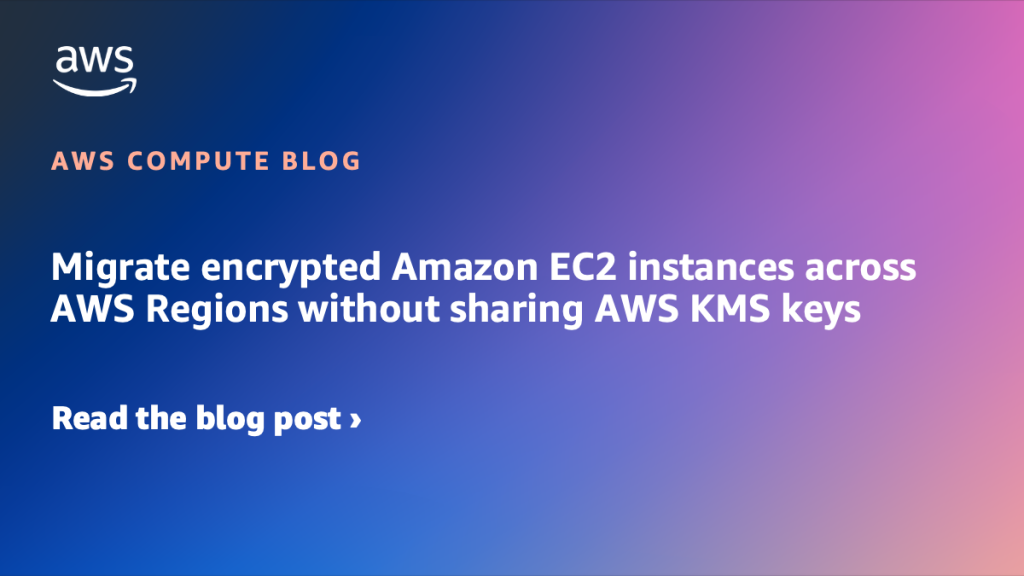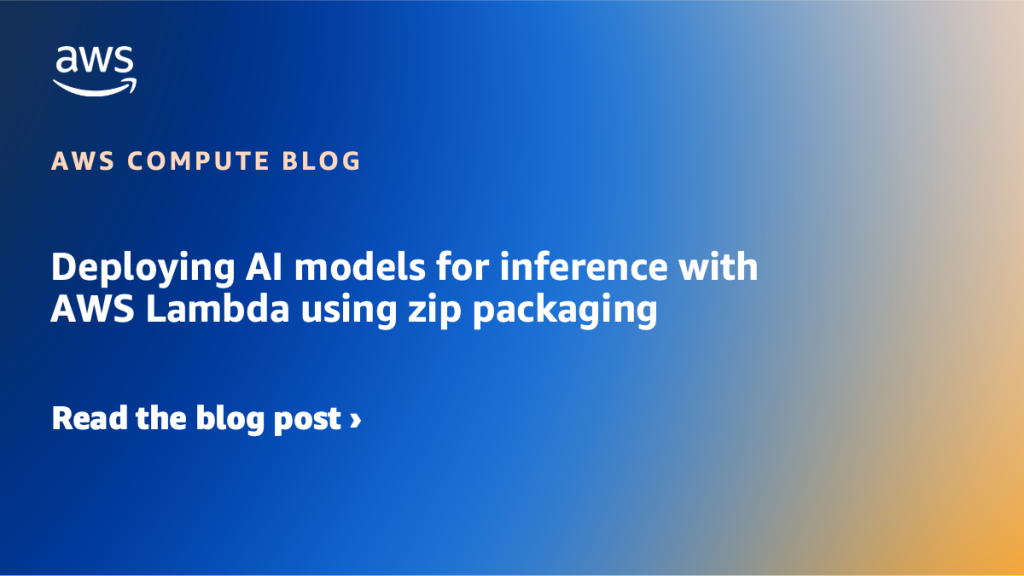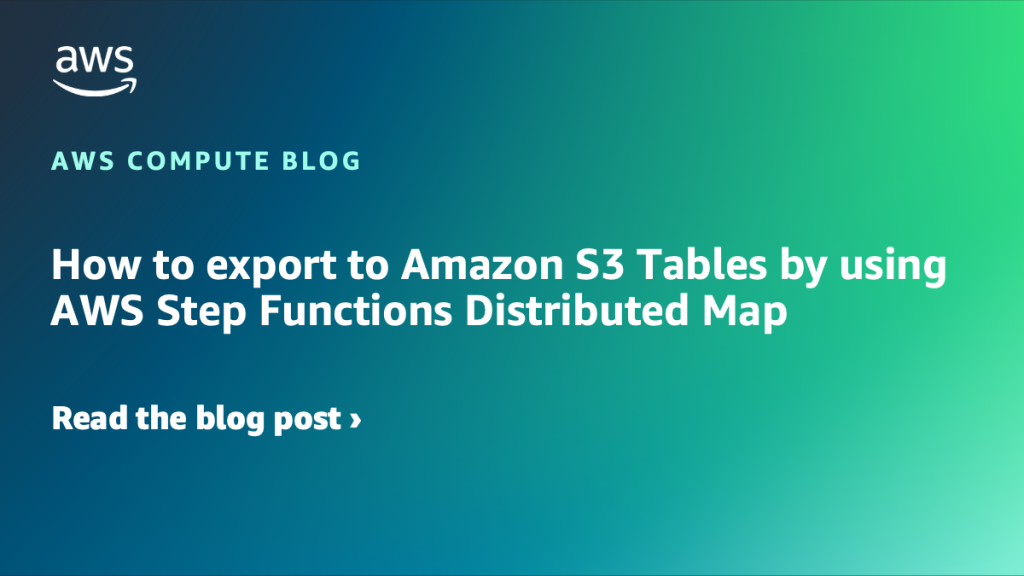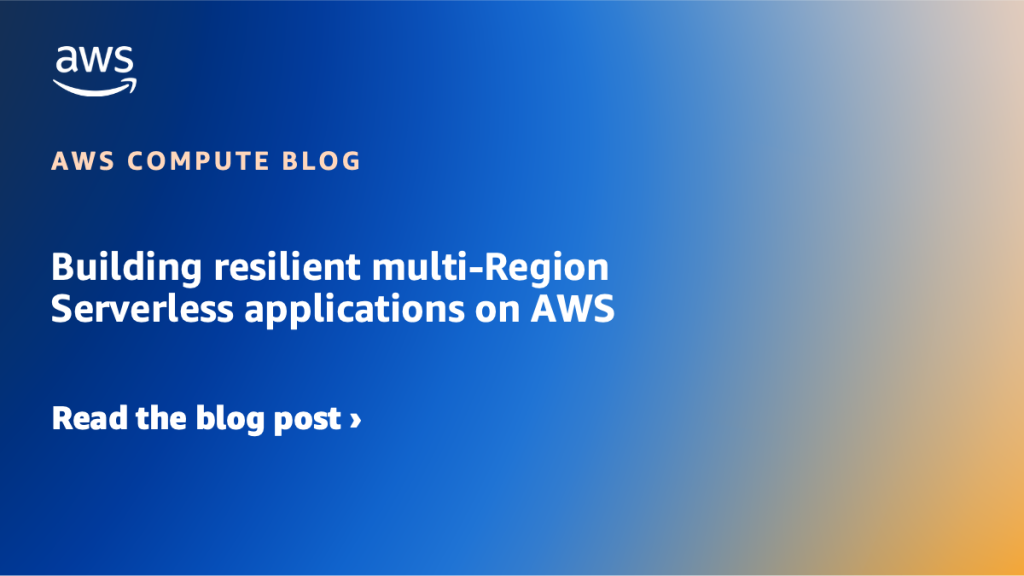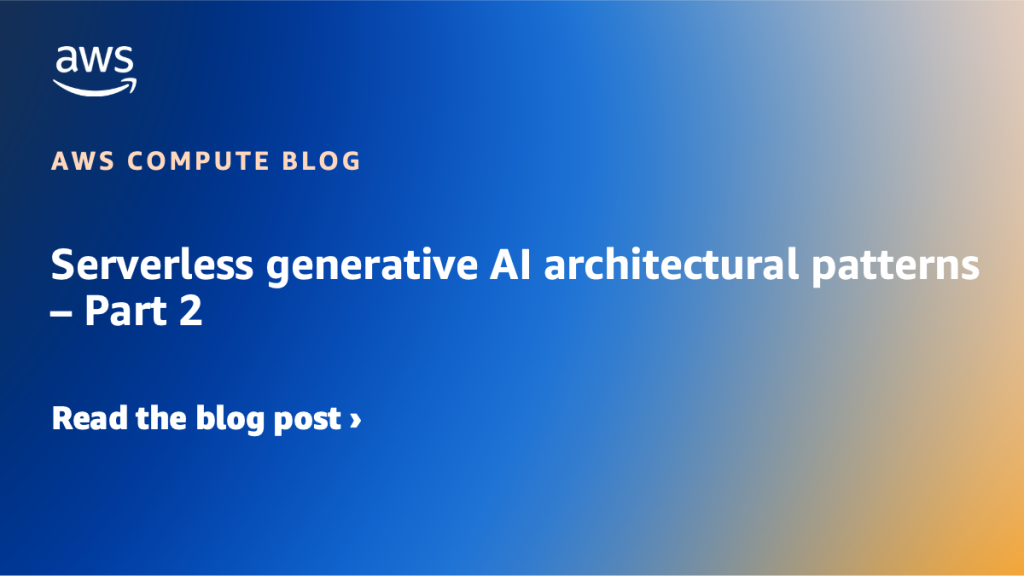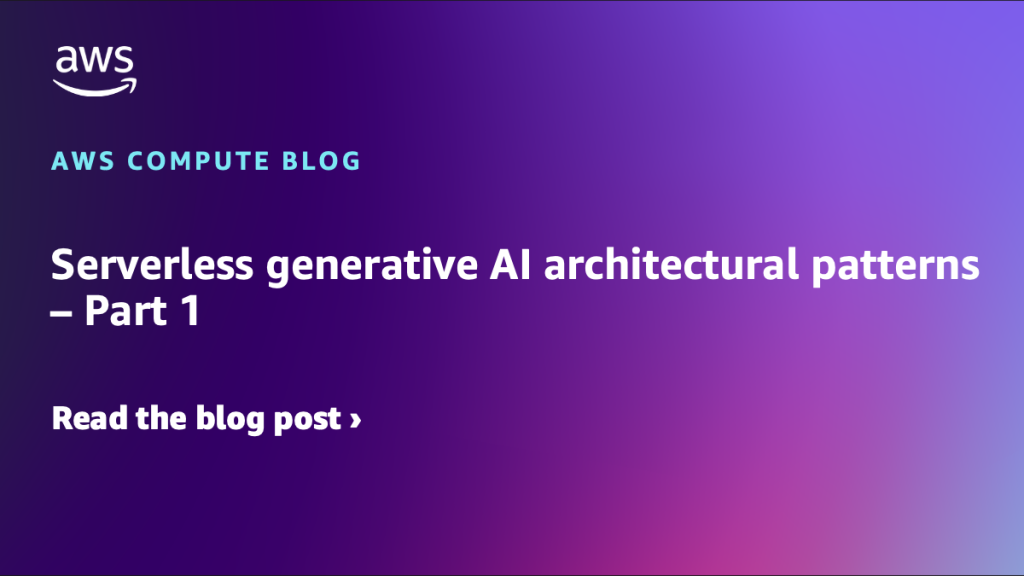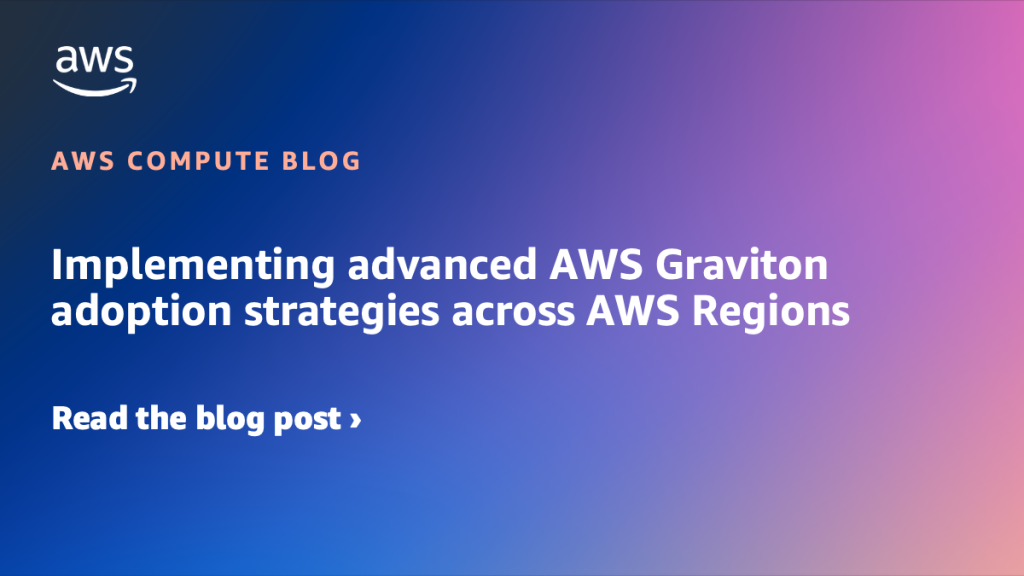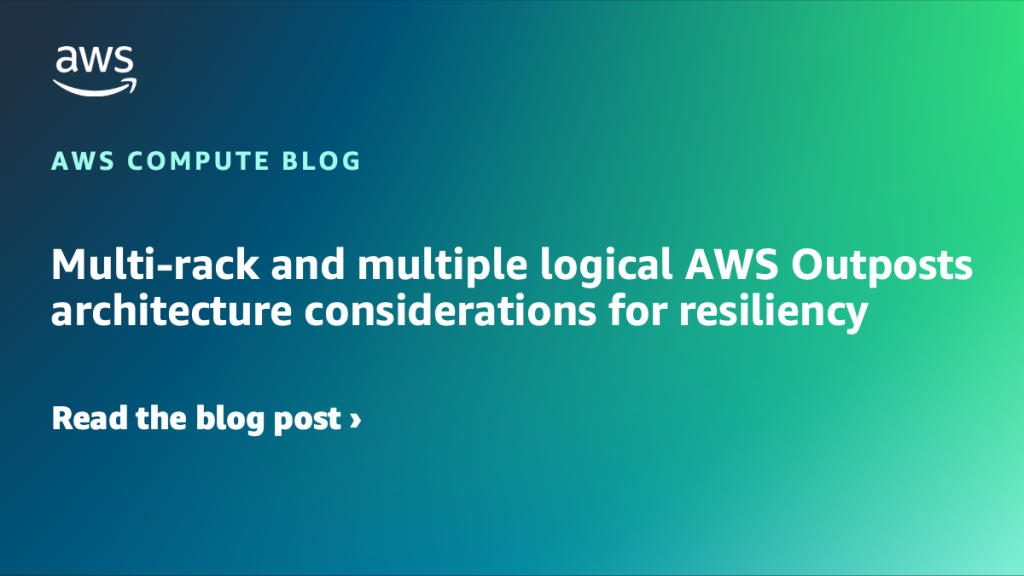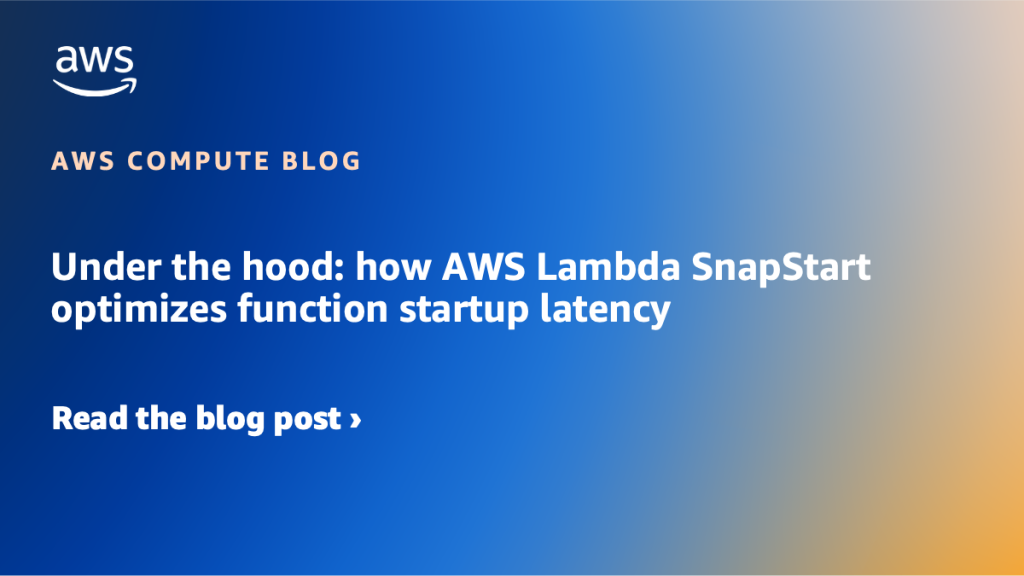AWS Compute Blog
Category: Advanced (300)
Migrate encrypted Amazon EC2 instances across AWS Regions without sharing AWS KMS keys
When migrating Amazon EC2 instances with encrypted Amazon EBS volumes across AWS Regions with in the same account or a different account, you face a particular challenge: AWS KMS keys are AWS Region-specific and cannot be shared across AWS Regions. This post provides a step-by-step approach to successfully migrate your encrypted EC2 instances without compromising your security posture by sharing your KMS keys.
Deploying AI models for inference with AWS Lambda using zip packaging
Users usually package their function code as container images when using machine learning (ML) models that are larger than 250 MB, which is the Lambda deployment package size limit for zip files. In this post, we demonstrate an approach that downloads ML models directly from Amazon S3 into your function’s memory so that you can continue packaging your function code using zip files.
How to export to Amazon S3 Tables by using AWS Step Functions Distributed Map
In this post, we show how to use Step Functions Distributed Map to process Amazon S3 objects and export results to Amazon S3 Tables, creating a scalable and maintainable data processing pipeline.
Accessing private Amazon API Gateway endpoints through custom Amazon CloudFront distribution using VPC Origins
This post demonstrates how you can connect CloudFront with a Private REST API in Amazon REST API Gateway using a VPC origin.
Building resilient multi-Region Serverless applications on AWS
This post presents architectural best practices for building resilient serverless applications, demonstrated through a multi-Region serverless authorizer implementation.
Serverless generative AI architectural patterns – Part 2
This post explores two complementary approaches for non-real-time scenarios: buffered asynchronous processing for time-intensive individual requests, and batch processing for scheduled or event-driven workflows.
Serverless generative AI architectural patterns – Part 1
This two-part series explores the different architectural patterns, best practices, code implementations, and design considerations essential for successfully integrating generative AI solutions into both new and existing applications. In this post, we focus on patterns applicable for architecting real-time generative AI applications.
Implementing advanced AWS Graviton adoption strategies across AWS Regions
When expanding your Graviton deployment across multiple AWS Regions, careful planning helps you navigate considerations around regional instance type availability and capacity optimization. This post shows how to implement advanced configuration strategies for Graviton-enabled EC2 Auto Scaling groups across multiple Regions, helping you maximize instance availability, reduce costs, and maintain consistent application performance even in AWS Regions with limited Graviton instance type availability.
Multi-rack and multiple logical AWS Outposts architecture considerations for resiliency
In this post, we explore the architecture considerations that come into play when deciding between a multi-rack logical Outposts rack, or using multiple Outposts racks to support your highly available workloads.
Under the hood: how AWS Lambda SnapStart optimizes function startup latency
AWS Lambda cold start latency can impact performance for latency-sensitive applications, with function initialization being the primary contributor to startup delays. Lambda SnapStart addresses this challenge by reducing cold start times from several seconds to sub-second performance for Java, Python, and .NET runtimes with minimal code changes. This post explains SnapStart’s underlying mechanisms and provides performance optimization recommendations for applications using this feature.
